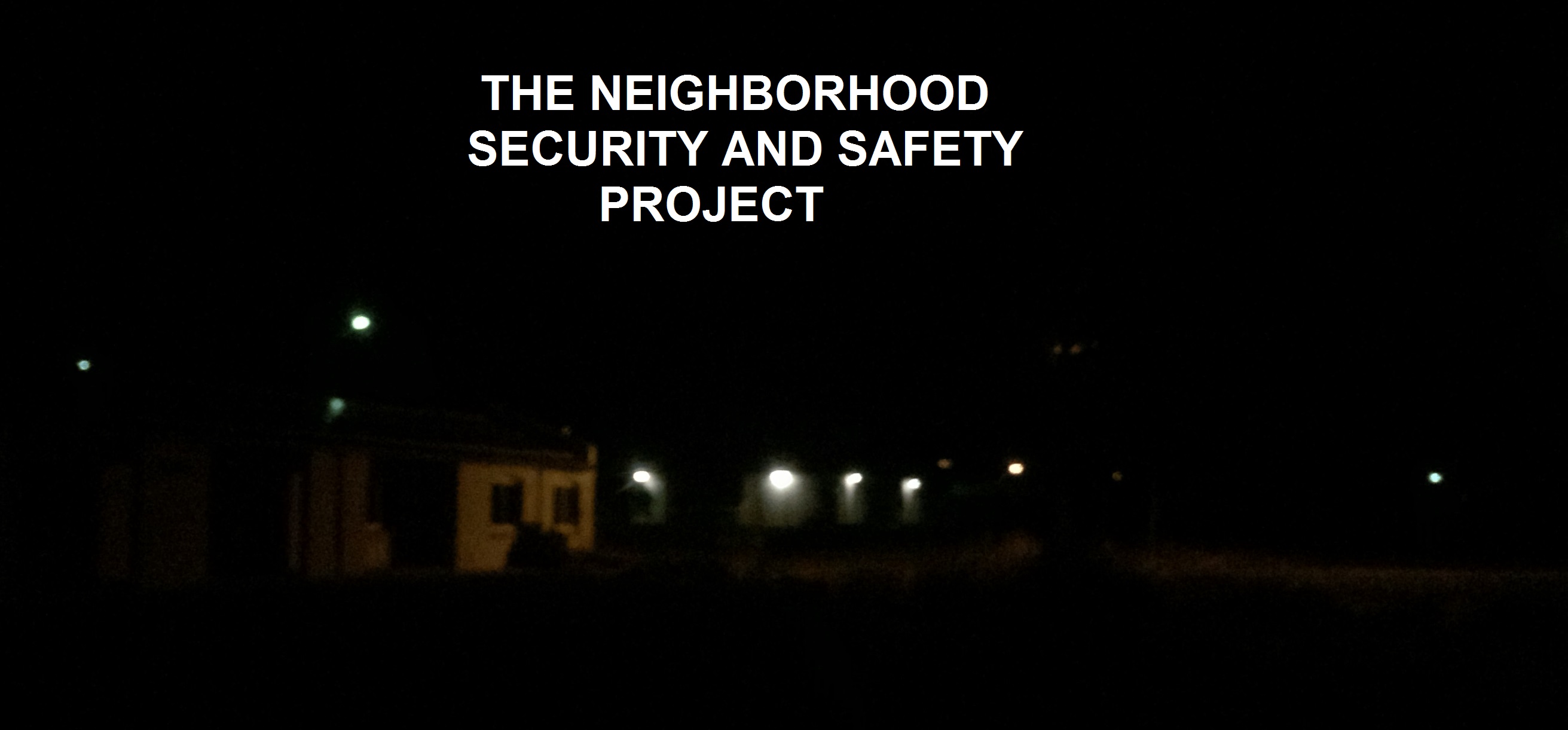
Uploaded on 2017-05-01 by Eric Svanberg
Compulsory Exercise 6 Citizen Design Science project - Eric Svanberg Think and comment on the following example: Habitats of a certain neighbourhood don’t feel safe when they walk in their neighbourhood in the evening and during the night. You are working for the local government and want to solve this problem through improvement of the public spaces. How would you start-up a Citizen Design Science project? 1. I would contact the neighbourhood through a range of methods for example local radio, letterbox leaflets, traditional and social media to seek their involvement. 2. Of the citizens that came forward, I may attempt to expand the numbers through ‘snowballing techniques’ (eg “do they know anyone else that might be interested in participating.”) 3. I would resource them with appropriate technology to allow them to comment research and upload any information, data that is important to them and include the appropriate training where necessary. 4. I would ask them to define what the concept of ‘safety’ means to them and what it is about their neighbourhood that makes them feel unsafe. In this they could individually choose to identify locations that they feel are unsafe perhaps taking photo’s, or providing descriptions of the safety issues. This may also involve access to academic research that citizens can review and report on. 5. I would ask them to explain what strategies they might currently use to maximise their sense of safety in their neighbourhood. 6. I would present the collected data in aggregated and graphical form back to the participants and seek their observations about what they saw in the data. 7. It may be from this that a range of aspects about the safety issue can be investigated. I would seek citizens’ involvement in self-identified interest groups, perhaps in small teams, to look at a particular safety aspect. 8. The results of this might be fed back to the broader group to seek further deliberative insight and or consensus. 9. From this further self-selected interest groups might be formed to consider safety solutions. These solutions might range from the technological through to the social with impacts at local to neighbourhood wider actions that create a further deliberative layer involving citizens, local authorities, law enforcement, health and other stakeholders.